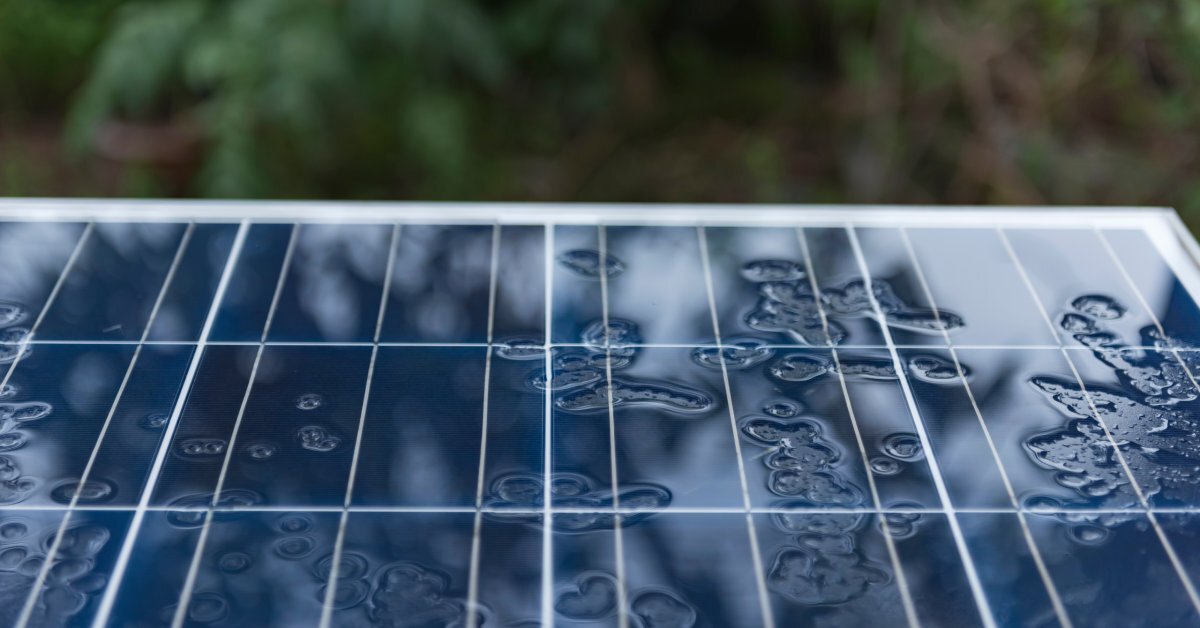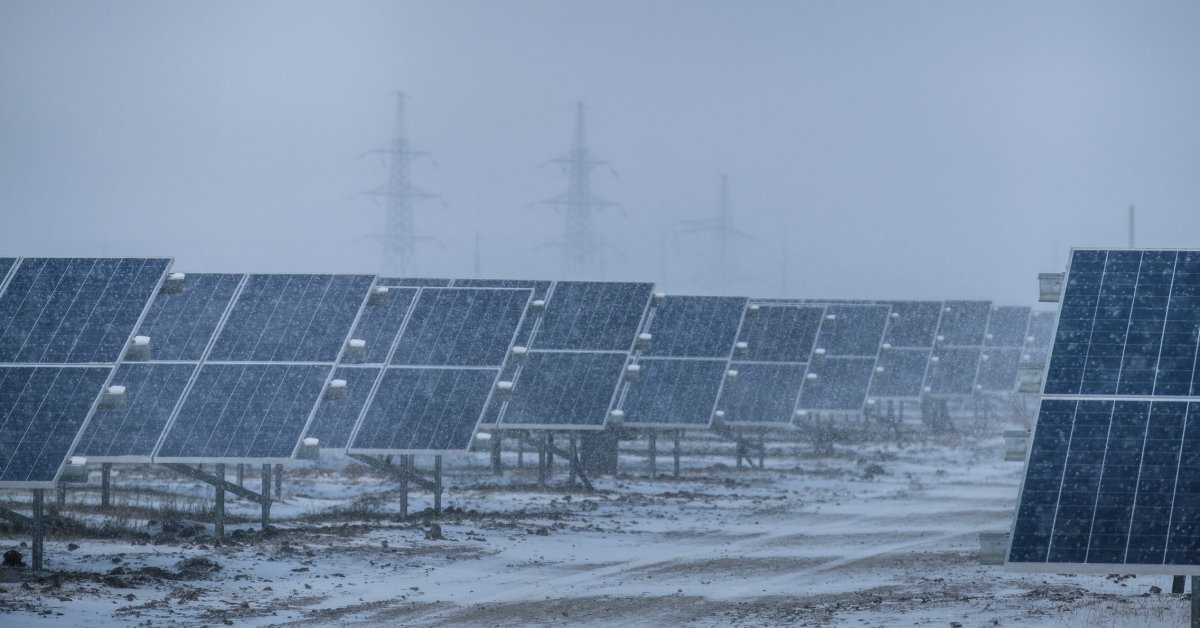Jun 20th 2025
How Weather Impacts Solar Project Performance
Solar energy is a pivotal player in the push toward a greener, more sustainable future. However, weather has a direct impact on the performance, efficiency, and long-term viability of solar projects. Continue reading to uncover how solar panels work and how all types of weather affect solar systems.
How Solar Panels Work
Solar energy systems harness sunlight to generate electricity using photovoltaic (PV) panels. Users can place the panels on roofs or in large fields. The solar cells on the panels absorb sunlight and convert it into electricity through the photovoltaic effect.
The process starts with the PV panels capturing photons, or light particles, from the sun. The system converts the absorbed sunlight into an electric current that flows out of the panel. Next, the electric current transforms into a direct current and then alternating current with the help of an inverter.
After switching to alternating currents, the system can transfer the electricity in several ways. The electricity can return to the grid, become stored in batteries for later use, or be consumed immediately. The quality of the panels, the panels’ orientation and tilt, and the weather all influence the efficiency of this process.
Weather Conditions That Affect Solar Projects
Most people would think cloudy days are the only obstacle for solar systems, but many weather patterns influence how much sunlight the panels absorb.
Cloud Cover
Cloudy weather reduces the amount of sunlight reaching the solar panels, which can lower energy production. However, solar panels can still generate power on overcast days by utilizing diffused sunlight or when there’s scattered light shining through the clouds.
This situation reduces the usability of the solar energy. Keep in mind that geographic locations with frequent but light cloud cover might still achieve substantial energy production over time.

Rainfall
Rainy weather may seem counterproductive for solar energy generation, but it offers some surprising benefits. While rainfall diminishes direct sunlight, solar panels can still capture and convert diffused sunlight into energy.
Additionally, rainy conditions provide a natural cleaning effect to the panels by washing away dirt, dust, and debris that may have accumulated on the panels. Clean panels are more efficient and can enhance energy output when the sun reappears.
Long rainy seasons can decrease the energy output from solar projects, but they still have benefits for the area around the solar project. Heavy rain can replenish water sources, such as lakes and rivers, and enhance soil fertility.
Snow and Ice
Winter introduces snow and ice to solar systems. When snow accumulates on solar panels, it can temporarily block sunlight and reduce energy generation.
The smooth surface of most solar panels allows snow to slide off naturally when it melts or someone. The majority of solar systems feature titled panels, so it’s common for the presence of snow to resolve without intervention. In some cases, someone may need to manually clear away the snow if it’s thick or the weather doesn’t clear up.
Environments with snow and ice can also enhance solar energy production. The reflective properties of snow, known as the albedo effect, can amplify sunlight exposure as solar panels absorb the reflected light. This can boost energy generation on clear, sunny days despite snow and ice accumulation.
Extreme Heat
Solar panels function more efficiently in cold temperatures compared to extreme heat. Both temperatures reduce the optimal output of energy, but extreme cold has less of an effect on the solar panels’ functionality. Heat, on the other hand, could cause more damage to the panels by causing the equipment to overheat and shut down.
Solar panels convert sunlight into electricity, but when the temperature rises above about 77° F, the electrical output begins to gradually decline. This idea doesn’t mean that the panels are ineffective; just like any form of technology, the panels will have a reduced energy output if they’re regularly exposed to extreme temperatures.
Proper installation techniques, such as allowing airflow beneath the panels, can also help cool them down and continue functioning. Furthermore, implementing real-time monitoring systems can enable quick identification and resolution of heat-related inefficiencies, ensuring consistent energy output even during periods of extreme heat.

Wind
Wind can have both positive and negative effects on solar systems. On the positive side, moderate wind cools down the panels and can remove debris that can obscure parts of it from the sun, such as leaves, dust, and debris. On the other hand, storms and high-speed winds can physically damage the panels. Properly securing the panels during installation reduces the likelihood of wind or severe weather affecting the solar intake.
How To Determine the Best Locations for Solar Projects
Location is everything when it comes to maximizing solar project performance. Evaluate the potential of a site by assessing various factors, including solar potential, local weather patterns, and site conditions.
Evaluating solar potential means using tools that analyze solar irradiation levels, which is the amount of solar energy obtained in an area, in different regions. Areas with high sun exposure are the best option for solar panels when paired with other beneficial factors.
The placement of solar panels is also very important, but their angle affects the amount of solar energy they absorb. If the panels are too flat or too steep, they will not absorb the optimal amount of solar energy available at the site. Solar installers will determine the ideal angle for the panels according to your roof’s positioning, the local climate, and the sun’s path.
Increase Sustainability With Solar Energy
If weather has such a significant impact on performance, is solar energy still worth it in areas with inconsistent or severe weather conditions? Absolutely!
Solar projects can generate enough energy throughout the year that instances of poor weather barely hinder the power homes, commercial buildings, and more receive.
By understanding the impacts of weather, selecting the right location, and scaling appropriately, homes and businesses alike can optimize the performance of their solar projects. If you’re interested in a solar system, Get Solar Labels is an exceptional resource for solar placards. Numerous pieces of equipment require warning signs and electrical current information. With our solar labels, you can enhance your solar system’s functionality and safety. Visit our website today to learn more about our durable placards that meet NEC standards.

